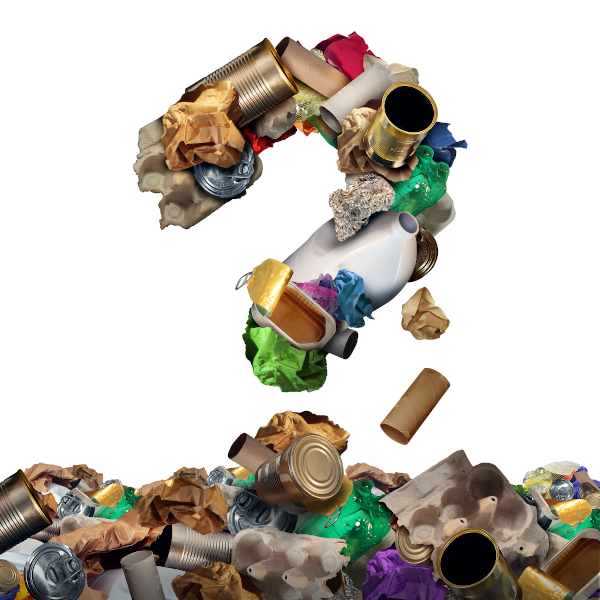 The International Organization for Standardization (ISO) has released the Draft International Standard (DIS) for ISO 14001, marking a significant step in updating the globally recognized standard for Environmental Management Systems (EMS). Published in 2024, the ISO/DIS 14001 introduces refinements to enhance the clarity and effectiveness of EMS implementation. It focuses on scope definition, risk planning, and management oversight. This update is expected to replace ISO 14001:2015 by 2026. Its aim is to align with current environmental challenges and organizational needs.
The International Organization for Standardization (ISO) has released the Draft International Standard (DIS) for ISO 14001, marking a significant step in updating the globally recognized standard for Environmental Management Systems (EMS). Published in 2024, the ISO/DIS 14001 introduces refinements to enhance the clarity and effectiveness of EMS implementation. It focuses on scope definition, risk planning, and management oversight. This update is expected to replace ISO 14001:2015 by 2026. Its aim is to align with current environmental challenges and organizational needs.
Here’s what you need to know about these changes.
First of all, you do not need to do anything to your EMS today!
See below regarding Transitioning to the new standard. You will have 3 years from the date released, and we can help you if you wish. This is good information for those wanting to know more details on how the standard is changing, why the changes are being made, and what requirements will likely be new.
Clarifying the Scope of EMS
ISO 14001’s scope has always been unique to each organization, encompassing activities, products, and services within defined boundaries. The ISO/DIS 14001 emphasizes delineation of boundaries to ensure all significant environmental aspects are addressed. This includes upstream processes like raw material procurement and downstream activities such as product disposal. The update clarifies past uncertainties, particularly for complex organizations. It requires top management to explicitly define organizational, functional, and spatial boundaries. This clarity prevents the exclusion of critical environmental impacts, ensuring a holistic approach to sustainability.
Enhanced Risk Planning and Opportunity Management
Risk-based thinking is a cornerstone of ISO 14001. The ISO/DIS 14001 refines this approach. Clause 6.1 has been restructured, moving key content to a new Clause 6.1.4 (“Risks and Opportunities”) and updating Clause 6.1.5 (“Planning Actions”). These changes aim to streamline the identification, assessment, and management of environmental risks. The update also incorporates broader environmental considerations, such as climate change, resource use, pollution, and biodiversity. This ensures organizations proactively address diverse environmental challenges, aligning with global initiatives like the Task Force on Climate-related Financial Disclosures (TCFD).
Strengthened Management Oversight
The ISO/DIS 14001 places greater emphasis on leadership and management oversight to drive EMS effectiveness. Top management is required to demonstrate stronger commitment via environmental policies, long-term goals, and integration of environmental management into core business processes. The update aligns with ISO’s Harmonized Structure, ensuring consistency across management system standards like ISO 9001. Clause 8.1 now extends operational control to externally provided processes, products, and services, enhancing oversight of supply chains. Additionally, Clause 10 (Improvement) has been consolidated to reinforce continuous improvement through regular audits and management reviews.
Benefits for Organizations
The refinements in ISO/DIS 14001 offer realizable benefits:
- Improved Environmental Performance: Clearer scope and risk planning help organizations reduce waste, emissions, and resource use, driving efficiency and cost savings.
- Enhanced Compliance: Stronger management oversight ensures adherence to legal and regulatory requirements, reducing risks of non-compliance.
- Stakeholder Trust: Certification to the updated standard shows a commitment to sustainability, improving reputation and market competitiveness.
Transitioning to the New Standard
Organizations certified to ISO 14001:2015 have a three-year transition period to adopt the new standard once finalized. The changes are moderate compared to the 2015 revision, focusing on clarifying existing requirements rather than introducing extensive new ones. Businesses should conduct a gap analysis, update their EMS processes, and engage accredited certification bodies like NSF or DNV for audits. Training and webinars are available to support the transition.
Why It Matters
With over 500,000 certifications worldwide, ISO 14001 remains the gold standard for EMS. The ISO/DIS 14001 update responds to evolving environmental challenges, such as climate change and resource scarcity, while aligning with modern business practices. By refining scope, risk planning, and management oversight, it empowers organizations to achieve sustainable outcomes, meet stakeholder expectations, and contribute to a greener future.
For the latest news and more details on ISO/DIS 14001 and how to prepare, sign up for our newsletter.
